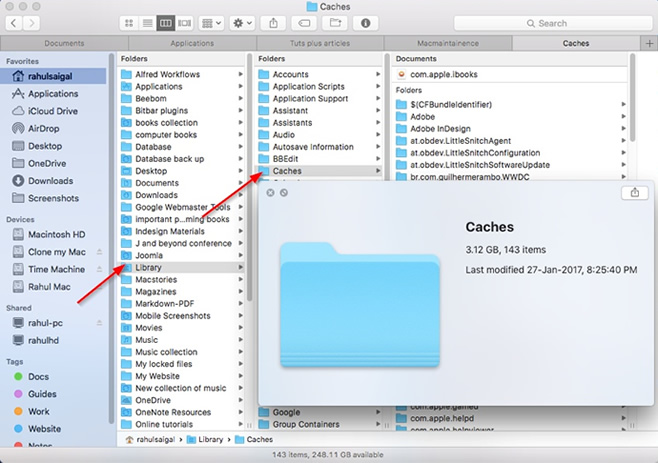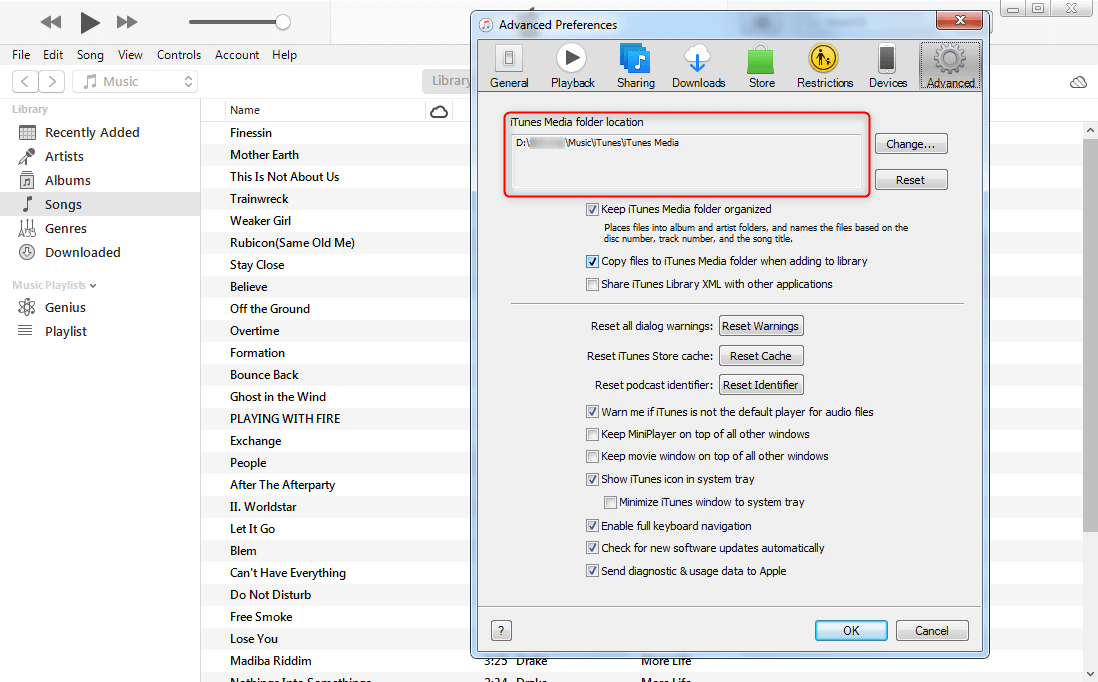Clear Caches Mac Library
Invariably, it is absolutely necessary to clear the cache in your Mac periodically in order to avoid problems related to buildup of cache in your Mac. There are basically four types of caches in a Mac, System Cache, User Cache, DNS Cache and Browser Cache. Clean up your Mac manually. Go to cache and delete the contents – that is what the cache cleaning on Mac is about. Open Finder, select “Go”, click “Go to folder”, type “Library/Caches/”, remove certain cache files, and empty trash. Fix a lot of browser related errors by Mac safari cache cleaning. I'm starting to run out of disk space on my Mac, so I decided to poke around and see what's been taking up space. It turns out that my /Library/Caches folder is 1.55 GB. 2014-11-17 clear echo ' echo ' # scrub the system-level cache files. Sudo rm -fr /Library/Caches/. sudo rm -fr /Library/Caches/. After rebooting it was still kind of slow, but better, but I figured it was recreating the caches, so after the second reboot the computer returned to it's old speedy self. Share contacts from your Mac via iMessage.
Don't modify the Cleanup Script - things in /System are NOT guaranteed to not be deleted or changed by Software Update.
Instead, make your own startup item in /Library/StartupItems
2013-6-27 @liquidfrollo My command above is literally a combination of all commands ever mentioned above. As a oneliner. So it will work on every OS. But even that command doesn’t fix all cached icons. So another way to solve it is to Get Info, drag a different icon to the icon area, then press Backspace to remove the other icon and “revert” to what is in the app bundle. This could be caused by a corrupt library cache. To prevent the cache from becoming corrupt, you should delete everything in the Caches folders once a month, about the same time you run the file system checker mentioned in a previous article.+ +Here’s how to clean your caches:+ +1. Choose Usersyour user nameLibraryCaches.+ +2. There are a number of reasons why, when you’re building or testing in Xcode, you might want to clear the cache. Let’s say, for example, that you’re using the iOS simulator to test a website in order to see how it works on an iPhone or iPad.
sudo mkdir /Library/StartupItems/CacheCleaner
You may have to create /Library/StartupItems - I don't remember if OS X ships with an empty one by default or not. If you do have to create it, remember that there is not a space between Startup and Items
Mcminnville Library
Create /Library/StartupItems/CacheCleaner/CacheCleaner with the following contents:
Mac Terminal Clear
#!/bin/sh
. /etc/rc.common
##
# Start mail server
##
ConsoleMessage 'Cleaning System Cache Files'
rm -fr /System/Library/Caches/*
rm -fr /Library/Caches/*
Don't forget to chmod 755 /Library/StartupItems/CacheCleaner/CacheCleaner or the startup item won't load.
How to show library folder in mac mavericks 2017. Now create /Library/StartupItems/CacheCleaner/StartupParameters.plist with the following contents:
{
Description = 'Cache Cleaner';
Provides = ('CleanCache');
Requires = ('Cleanup');
Uses = ('Cleanup');
Preference = 'None';
OrderPreference = 'Early';
Messages =
{
start = 'Cleaning System Cache Files';
stop = 'Cleaning System Cache Files';
};
}
This way you don't have to worry about system updates (like Jaguar) trashing your startup item. The line Requires = ('Cleanup'); will tell OS X to run your startup item some time after the standard Cleanup startup item.

Now to clean your personal caches, you're better off using an applescript that launches during login.
You need to enable home sharing in both of your computers.  It can help you quickly transfer files stored on iTunes to computer or iOS device without erasing any data. After enabling sharing on the second PC, all your music, Podcasts, Videos, Playlists, Apps in iTunes library will be shared from the old computer.Way 3: Transfer iTunes Library to Another Computer with AnyTrans for iOSis an iOS content manager, available to help you transfer iTunes library to another computer.
It can help you quickly transfer files stored on iTunes to computer or iOS device without erasing any data. After enabling sharing on the second PC, all your music, Podcasts, Videos, Playlists, Apps in iTunes library will be shared from the old computer.Way 3: Transfer iTunes Library to Another Computer with AnyTrans for iOSis an iOS content manager, available to help you transfer iTunes library to another computer.
Mac Library Caches Clear
Open Script Editor, and put the following lines into a new script:
do shell script 'rm -rf ~/Library/Preferences/Explorer/Download*Cache'
do shell script 'rm -rf ~/Library/Caches/*'
-- Uncomment the next line if you want to nuke your IE History as well
-- do shell script 'rm -rf ~/Library/Preferences/Explorer/History.html'
Coresymbolication
Save the script somewhere, then go into the Login pane of System Preferences and add the new script to your login items.
Mac Library Folder
jpb